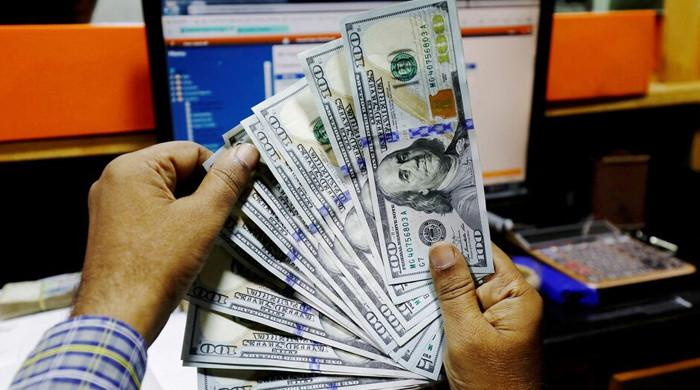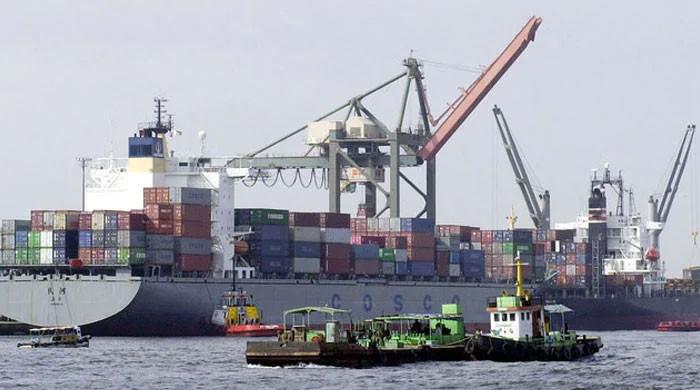India on track to overtake US, become world’s second largest economy: report
India’s gross domestic product is expected to rise to $52.5 trillion by 2075, according to Wall Street Bank
July 12, 2023

India’s economy is expected to become the world’s second-largest economy after China by 2075 as it is on track to overtake the United States, Goldman Sachs said in its latest report.
According to Wall Street Bank, India’s gross domestic product will rise to $52.5 trillion by 2075 compared with forecasts of $57 trillion and $51.5 trillion for China and the US, respectively.
The South Asian nation’s economic growth will mainly be driven by a large labour force, advances in technology and rising capital investment, the bank said in the report.
Currently, India is the world’s fifth-biggest economy with a GDP of $3.74 billion and a per capita income of $2,600, according to the International Monetary Fund.
“India has made more progress in innovation and technology than some may realise,” said Santanu Sengupta, Goldman Sachs’s chief India economist.
“Innovation and increasing worker productivity are going to be important for the world’s fifth-biggest economy. In technical terms, that means greater output for each unit of labour and capital in India’s economy.”
Hefty import taxes, bureaucracy and red tape, and the dominance of domestic business tycoons are some of the hurdles that the India is facing towards becoming the world's major economic power.
“Driven by favourable demographics, India’s savings rate is likely to increase with falling dependency ratios, rising incomes, and deeper financial sector development, which is likely to make the pool of capital available to drive further investment,” Goldman’s Sengupta said.
In April this year, India overtook China as the world’s most populous country, according to UN population estimates, the most significant shift in global demographics since records began.
“India’s large population is clearly an opportunity, however, the challenge is productively using the labour force, by increasing the labour force participation rate. That will mean creating the opportunities for this labour force to get absorbed and simultaneously training and upskilling the labour force,” Sengupta said.











